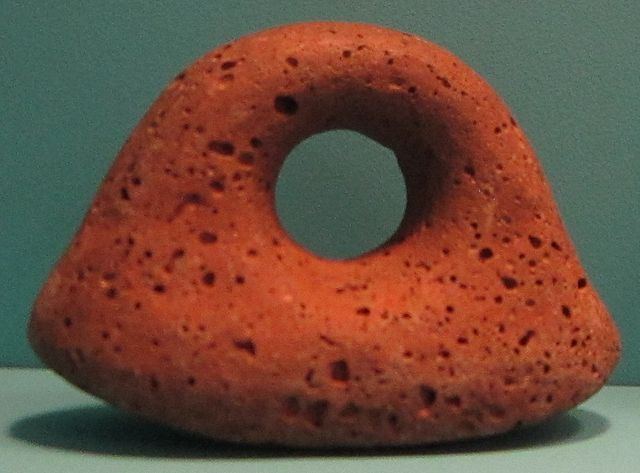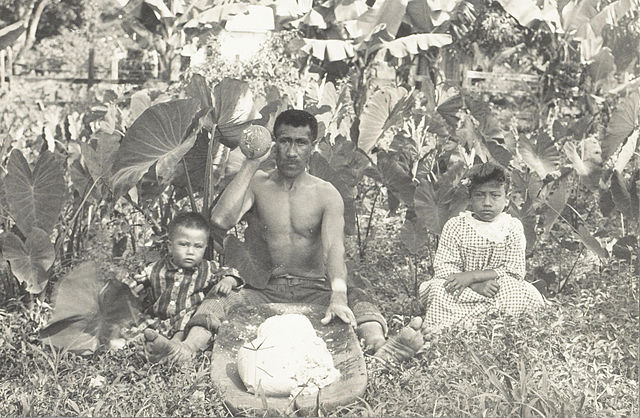A lūʻau is a traditional Hawaiian party or feast that is usually accompanied by entertainment. It often features Native Hawaiian cuisine with foods such as poi, kālua puaʻa, poke, lomi salmon, lomi oio, ʻopihi, and haupia, and accompanied with beer and entertainment such as traditional Hawaiian music, kanikapila, and hula. Among people from Hawaiʻi, the concepts of "lūʻau" and "party" are often blended, resulting in graduation lūʻau, wedding lūʻau, baby lūʻau, and birthday lūʻau.
Hawaiians roast a pig for an 1890 lūʻau
Princess Kaiulani's lūʻau banquet at ʻĀinahau for the U.S. Commissioners in 1898
Dancers and musicians at a commercial lūʻau
Royal Luau thrown by King Kalakaua with Robert Louis Stevenson and Queen Liliuokalani, 1889
Native Hawaiian cuisine refers to the traditional Hawaiian foods that predate contact with Europeans and immigration from East and Southeast Asia. The cuisine consisted of a mix of indigenous plants and animals as well as plants and animals introduced by Polynesian voyagers, who became the Native Hawaiians.
A lava rock poi pounder dated from the 18th century or earlier. (From the Honolulu Museum of Art's collection)
A Hawaiian poi dealer. Photograph by Menzies Dickson dated to between 1860 and 1870
Pounding taro into poi. Taro plants can be seen growing in the background below the banana leaves
Fish were caught in near-shore reefs and tidepools using spears and nets








